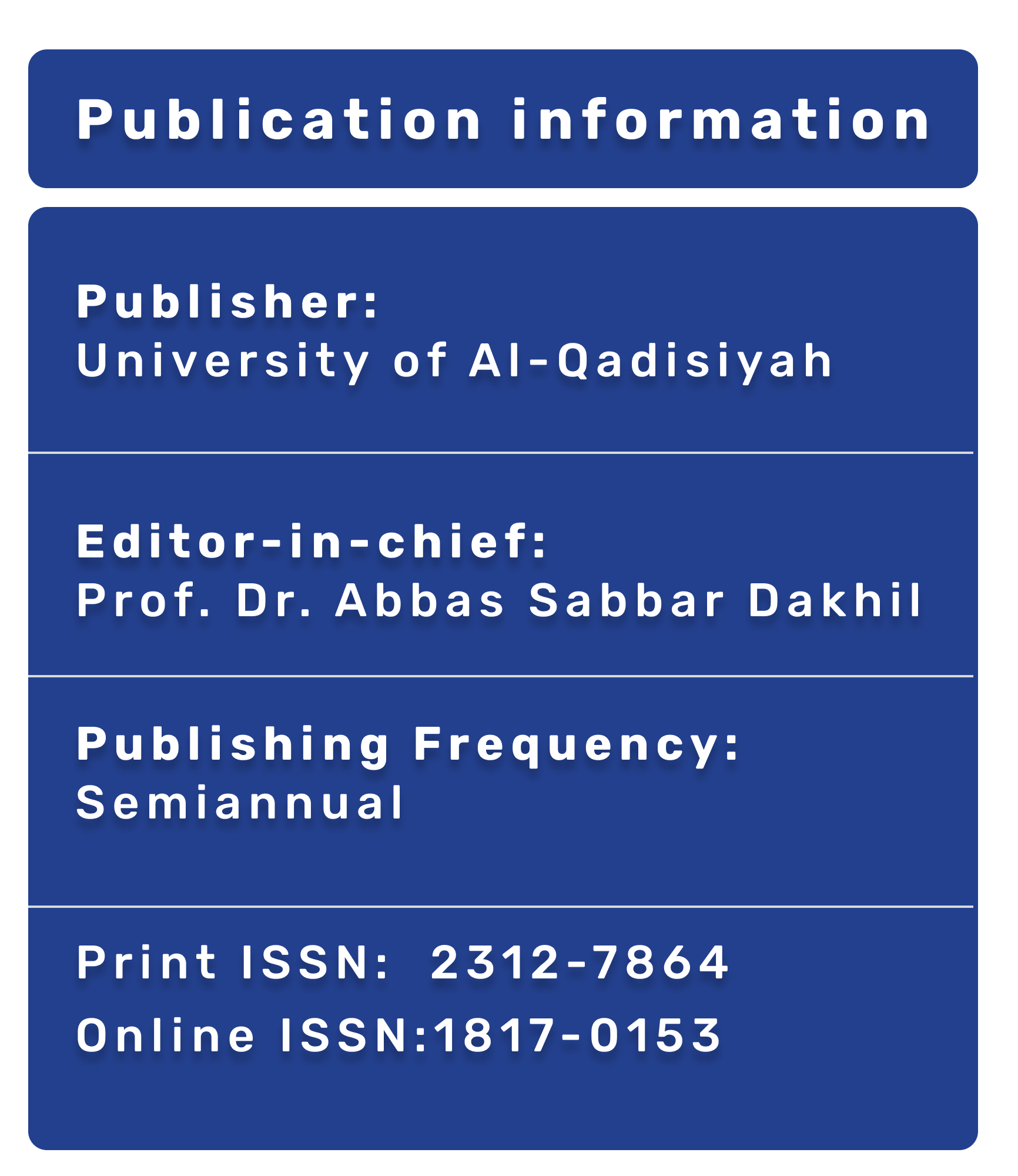Determinants of immediate outcome of surgical esophagectomy
DOI:
https://doi.org/10.28922/qmj.2011.7.12.179-189Abstract
Background: Transhiatal esophagectomy (THE) has been gaining popularity for the past two and a half decades. In 1978 Orringer and Sloan renewed interest in this procedure, presenting it as an alternative approach to the more traditional transthoracic esophagectomy. This isdone without a thoracotomy and the physiologic impact on the body is minimized, resulting in decreased morbidity and mortality rates. Patients and methods: this is retrospective and prospective study include total number of 93 patients underwent surgical esophagectomy for different reasons during period of time from December 2003 until July 2011, in AL- Najaf Governorate hospitals. Patients reviewed retrospectively, postoperative outcome that noticed during one month period postoperatively. Surgical access is divided into three approaches either left or right thoracotomy approach with laparotomy. Third approach was the transhiatal esophagectomy.Results: The mean age of patients was the oldest in right thoracotomy group (5o± 6.5 years) and less in left thoracotomy group (48± 4.6 years) and least in transhiatal group (46±5.1 years). Transhiatal group for non tumor causes is exceptional group as this is childhood with age (6±2.3 year). There is significant predominance of male gender and the adenocarcinoma is the predominant histopathological type in all groups. This study addressed that transhiatal approach is a better option for esophageal resection if the patient is good candidate for this approach, as this approach has shorter surgical time, less hospital stay, no anastomotic leak, no gastric dilatation as stomach will be enclosed in the esophageal bed, however this approach- the transhiatal- has more blood loss and more incidence of cardiac compression and arrhythmias which need special and close observation and management.
Conclusions: Transhiatal approach is a better option in suitable candidate that has better immediate surgical outcome yet it need more close observation and management.
Background:Transhiatal esophagectomy (THE) has been gaining popularity for the past two and a half decades. In 1978 Orringer and Sloan renewed interest in this procedure, presenting it as an alternative approach to the more traditional transthoracic esophagectomy.(1) This is done without a thoracotomy and the physiologic impact on the body isminimized, resulting in decreased morbidity and mortality rates.








